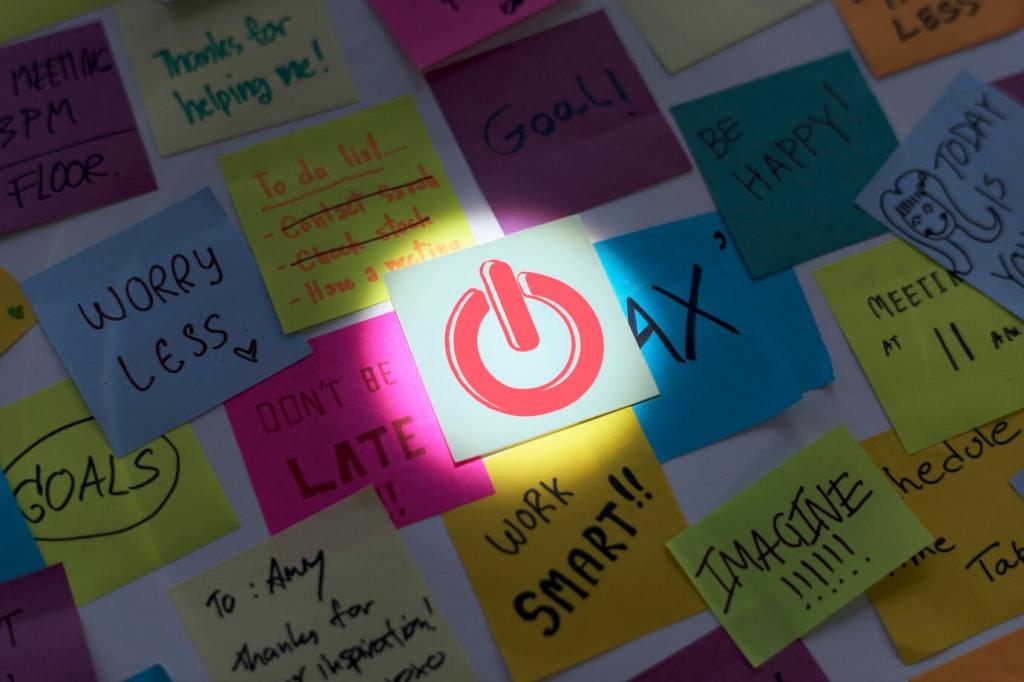Chosen theme: How to Choose the Right Process Optimization Tools. Welcome to a practical, human-centered guide for leaders and teams who want results, not buzzwords. We’ll help you avoid tool sprawl, design smart pilots, and create momentum. Share your goals, subscribe for checklists, and let’s make your next optimization decision your best one.
Define Measurable Outcomes
Choose outcomes you can actually measure, like reducing cycle time by 25%, improving first-contact resolution to 85%, or cutting rework by half. With numbers and baselines, tools become means to an end— not the decision itself.
Map Your Current Reality Honestly
Sketch the real process, not the ideal one: handoffs, exceptions, workarounds, and the dreaded “Friday fix.” Use event logs, user interviews, and screen recordings. If you want our lightweight mapping template, subscribe and we’ll send it your way.
Invite Frontline Voices Early
People who live the process daily know where value leaks. Ask them what slows work, what breaks most often, and where small wins would help. Comment with the roles you’ll include in your discovery workshop to keep choices grounded.

Match Capabilities to Problems
Process mining maps real flows from system event logs, great for end-to-end visibility. Task mining observes desktop interactions, ideal for fine-grained steps. Use mining first to reveal facts, then decide where workflow or automation makes sense.
Match Capabilities to Problems
Workflow orchestrates policies, approvals, and human collaboration. RPA excels at repetitive, rule-based tasks across systems without stable APIs. Orchestrate the process in workflow, automate the tedious steps with RPA—never automate a broken process.
Total Cost of Ownership You Can Trust
Estimate time saved per transaction, quality gains, and avoided escalations—then discount for adoption ramp-up. Include training and process redesign. Share your assumptions with stakeholders and invite feedback so the ROI holds up under scrutiny.
Total Cost of Ownership You Can Trust
A procurement team licensed RPA for invoice matching but spent months handling exceptions because data fields were inconsistent across regions. Their real cost wasn’t licenses; it was exception handling. Fixing data definitions doubled the project’s ROI.





Vendor Due Diligence That Goes Beyond the Demo
Confirm certifications, encryption at rest and in transit, and data residency options. Ask about audit logs, role-based access, and secrets management. If you operate globally, ensure regional data controls won’t block your rollout or raise compliance risks.

Adoption, Skills, and Governance
Bring together operations, IT, security, and finance to prioritize opportunities, approve standards, and measure impact. A small, decisive group prevents shadow tools and accelerates good ideas. Nominate your council members and share the list for feedback.


Adoption, Skills, and Governance
Offer short, focused learning paths: process mapping, basic automation design, data literacy, and change coaching. Pair citizen developers with experienced architects. Celebrate small wins publicly to reinforce behaviors that make optimization stick.
Prevent Tool Sprawl with a Lightweight Architecture
Group tools by purpose: discovery, orchestration, automation, integration, analytics. One primary per category prevents redundancy. Publish the taxonomy so teams know where to build, where to extend, and when to retire overlapping capabilities.
